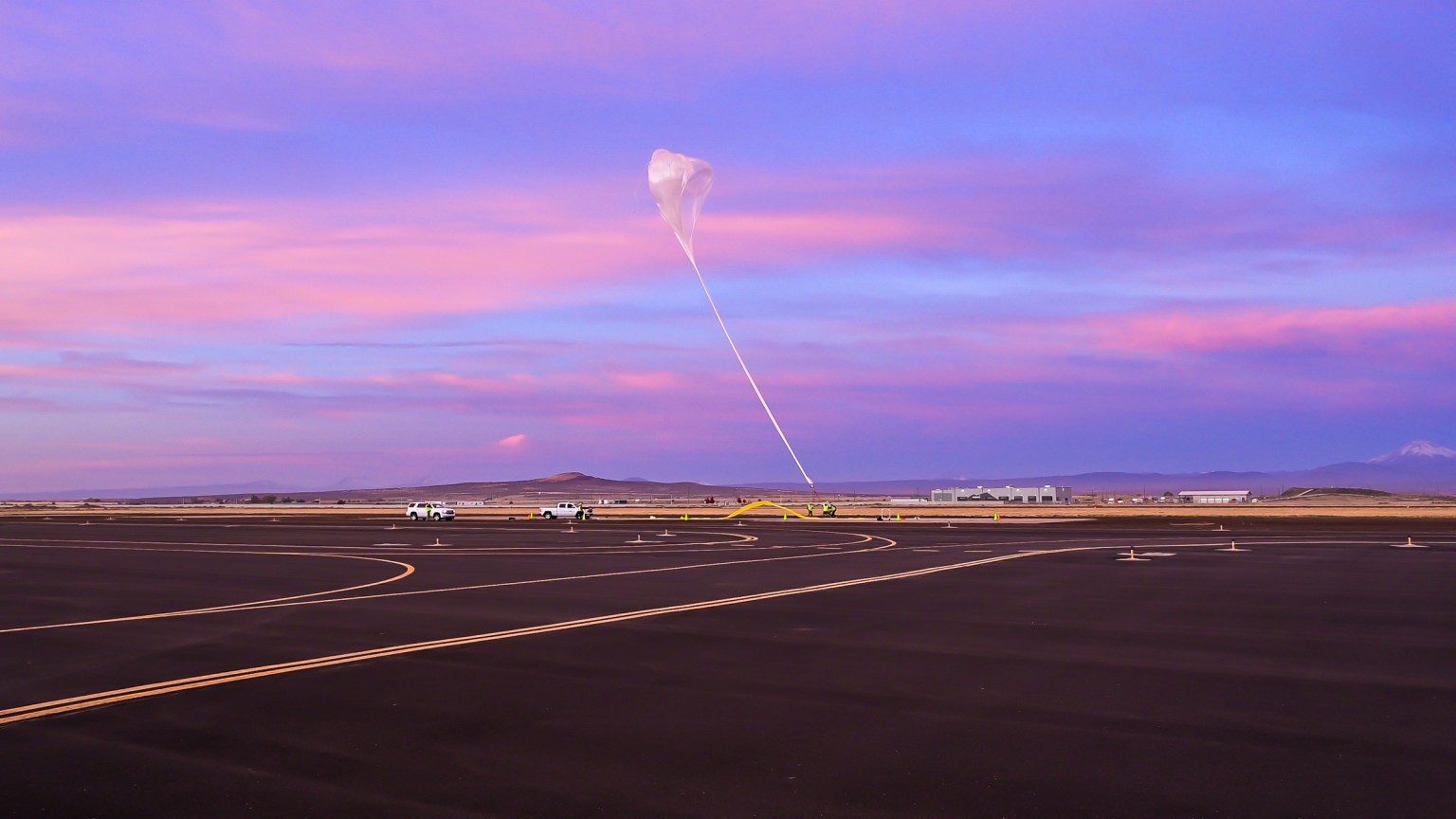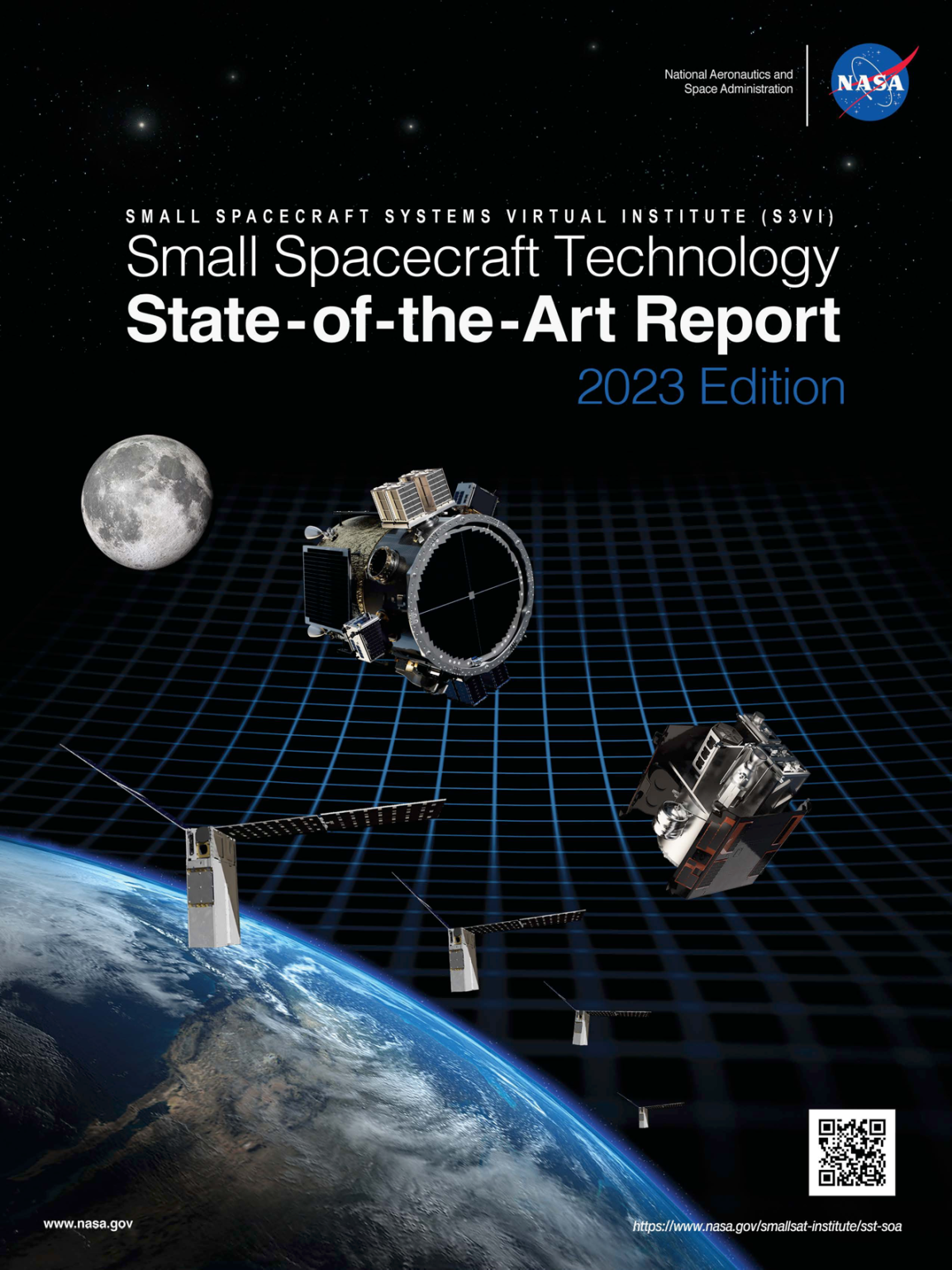COMMUNICATIONS
High Rate Cubesat X-band/S-band Communication System
PI: Scott Palo
University Of Colorado
NASA Partner: Goddard Space Flight Center
This project will focus on the development of a communications system that is compatible with the current cubesat standard and will support high data rate downlinks. The result of this project will be the maturation of an S-band 200kbps receiver and X-band 12.5Mbps transmitter to technology readiness level 5, which is compatible with the current NASA Near Earth Network.
Space Optical Communications Using Laser Beam Amplification
PI: Govind Agrawal
University Of Rochester
NASA Partner: Ames Research Center
This project addresses the manner in which data is transmitted from a space terminal using optical communications. In the first year, the objective of the research will be to
develop a capability for amplifying a laser beam for use in a modulating retro-reflector (MRR) that is in a satellite in low Earth orbit. This innovation would allow for the use of a weaker laser at the ground terminal. In the second year, the research will be to increase the amplification for studying the feasibility of MMRs inside deep-space spacecraft to simplify and improve the pointing procedure between the Earth and spacecraft terminals.
Development of Novel Integrated Antennas for Cubesats
PI: David Jackson
University Of Houston
NASA Partner: Johnson Space Center
The antenna system on a small satellite is a critical component, as a failure of the antenna can lead to mission failure. Present antenna systems are typically wire “whip” antennas that are fragile, prone to breakage, and are quite protrusive from the cubesat body. The main objective of this research is to replace these off-the-shelf whip antennas with low-profile transparent microstrip antennas that are integrated into the frame of the cubesat body, directly over the solar panels. The low-profile designs will not protrude from the cubesat surface by more than 5 mm, and will be mechanically durable.
GUIDANCE, NAVIGATION AND CONTROL
Smallsat Precision Navigation With Low-Cost MEMS IMU Swarms
PI: John Christian
West Virginia University
Partner: Marquette University
NASA Partner: Johnson Space Center
Small satellite missions are characterized by tight constraints on cost, mass, power, and volume that make them unable to fly high performance inertial measurement units (IMUs) required for orbital missions demanding precise orientation and positioning. Instead, small satellite missions typically fly low-cost MEMS (micro-electro-mechanical system) IMUs. Unfortunately, the performance characteristics of these MEMS IMUs make them ineffectual in many spaceflight applications when employed in a single IMU system configuration. This work will combine clusters (or swarms) of low-cost MEMS IMUs to create an “effective” tactical-grade IMU for small satellites aiming to tackle more aggressive missions.
Cubesat Autonomous Rendezvous & Docking Software
PI: Glenn Lightsey
University Of Texas
NASA Partner: Johnson Space Center
This task creates spacecraft mission manager software to autonomously (i.e., without direct human operator intervention) maneuver a cubesat’s orientation and position relative to another vehicle in a proximity rendezvous and docking scenario from an initial distance of 1 km to a close in distance of 1 m. The algorithms are tailored for the unique resource and actuation limitations of a cubesat operating in low Earth orbit. The software will be demonstrated in real-time in the lab using an embedded microprocessor system that has cubesat flight heritage.
Radiation Tolerant, FPGA-based Smallsat Computer System
PI: Brock LaMeres
Montana State University
NASA Partner: Goddard Space Flight Center
The goal of this project is to mature the technology readiness of a radiation tolerant smallsat computer system for a subsequent orbital flight demonstration. The system is implemented with commercial off-the-shelf (COTS) field-programmable gate arrays (FPGAs) to provide space-computing performance that improves upon existing radiation hardened processors. Commercial FPGAs are now yielding acceptable levels of total ionizing dose immunity due to the thinning of gate oxides and relative deepening of isolation trenches. If a single event effect mitigation strategy can be implemented on COTS FPGAs, then reliable, high performance space computing can be accomplished at a fraction of the cost of existing radiation hardened processors.
An Integrated Precision Attitude Determination and Control System
PI: Norman FitzCoy
University Of Florida
NASA Partner: Langley Research Center
- NASA enlists UF faculty to develop small satellite technology
- NASA partners with UF for $200,000 satellite research project
Rapid retargeting and precision pointing is an enabling technology for small satellites. The objective of this effort is to transition an integrated precision attitude determination and control system from technology readiness level 3 to 5, using enhanced star tracker technology for attitude knowledge and second generation miniaturized control moment gyroscopes (CMGs) for attitude control. One of the innovations of the enhanced star tracker technology is to enable precision attitude knowledge during rapid slew maneuvers. Utilizing existing commercial off-the-shelf technology and novel algorithms, the CMGs innovatively operate in CMG-mode for rapid retargeting and in reaction wheel-mode for precision pointing.
PROPULSION
Propulsion System and Orbit Maneuver Integration in Cubesats
PI: Jennifer Hudson
Western Michigan University
NASA Partner: Jet Propulsion Lab
An integrated cubesat propulsion and control system is proposed that provide three-axis attitude control and orbit maneuver capability using a micro radio-frequency ion thruster. A control algorithm will be developed for robust attitude control (for pointing solar arrays etc.), plus trajectory optimization for maximum orbit change. Propulsion system integration issues, such as interacting magnetic fields between the propulsion and attitude control systems, will be investigated and addressed in the control algorithm. The possibility of thrust vectoring will be researched. The results will quantify the maneuver capabilities that can be expected of future small spacecraft using electric propulsion systems.
Film-Evaporation MEMS Tunable Array for Picosat Propulsion and Thermal Control
PI: Alina Alexeenko
Purdue University
NASA Partner: Goddard Space Flight Center
Film-Evaporation MEMS Tunable Array (FEMTA) exploits micro-scale effects of surface tension to provide a low mass, low power, and compact multi-purpose solution for both propulsion and thermal control. A one-watt FEMTA unit contains thruster/cooler arrays as large as 10 by 10 elements with a total system dry mass of less than 1 gram and a volume less than 2 cubic centimeters, which includes the propellant tank and valves. The design cooling power of a unit is 10 Watts, while the thrust is tunable up to 200 μN with a resolution of 3 μN. The integrated design eliminates the need for peripheral support other than a low-voltage power supply and signaling.
POWER
Smallsat Low Mass, Extreme Low Temperature Energy Storage
PI: Sharlene Katz
California State University – Northridge
NASA Partner: Jet Propulsion Lab
High specific energy, low-temperature power systems would allow space exploration missions to do more science over longer periods, farther from the sun. This proposal is for the first year of a two-year project to ultimately space test a new low-temperature capable, battery/ultra-capacitor power system. This innovation would reduce the mass of power systems, eliminate the need for wasteful battery heaters, and increase the amount of energy available at low-temperatures. The first year of the project would be the development and ground test of the power system and the development of a cubesat to carry the experimental system into orbit.
SCIENCE INSTRUMENT CAPABILITIES
Compressive Sensing for Advanced Imaging and Navigation
PI: Richard Kurwitz
Texas A&M University
NASA Partner: Langley Research Center
We propose a new imaging architecture that incorporates elements of compressive sensing and computational imaging in order to reevaluate the design space of imaging systems with the power and bandwidth constraints of small satellite platforms. In order to increase the technology readiness level of these systems, the program will utilize ground based development and balloon flights to demonstrate several imaging systems that fit the limitations of these small spacecraft (cubesats, picosats). Successful demonstration should enable new, low cost, science platforms as well as improvements in operations and communications of those power and bandwidth restricted spacecraft.
Mini Fourier-Transform Spectrometer for Cubesat-Based Remote Sensing
PI: John Allen
Appalachian State University
Partner: University of Maryland – Baltimore County
NASA Partner: Goddard Space Flight Center
We propose demonstrating a Fourier-Transform (FT) spectrometer on-a-chip system for in-situ/remote monitoring of Earth, solar system objects, and space physics phenomena by cubesat missions to study composition, thermal structure, mineralogy, and chemical/physical processes of atmospheres and surfaces using mid-infrared spectral signatures. FT spectrometers based on free-space optics exact penalties in mass, size, power, moving-part failures (e.g. scan-mirror mechanism), and development costs. To address these shortcomings, we have devised, designed, analyzed, and simulated devices with potential for mass manufacture as low-cost spectrometer-on-chip devices. The technology is at technology readiness level 3 and ready for bread boarding, validation, instrument prototyping, implementation, and testing for incorporation in cubesats.
ADVANCED MANUFACTURING
Printing the Complete Cubesat
PI: Craig Kief
University Of New Mexico
Partners: University of Texas – El Paso and Drake State Technical College
NASA Partner: Glenn Research Center
The capability to be addressed is related to the enhanced additive manufacturing (popularly referred to as 3D printing) technology for rapid prototyping and manufacturing of small spacecraft. What sets this activity apart from normal 3D printing is that this team embeds wiring and electronic components into the walls of the printed structures. A series of test articles using common and experimental materials will be designed, built and tested for environmental and radiation characterization and protection. The resulting data will provide a best practices guide for choosing different materials to print an entire cubesat.






























